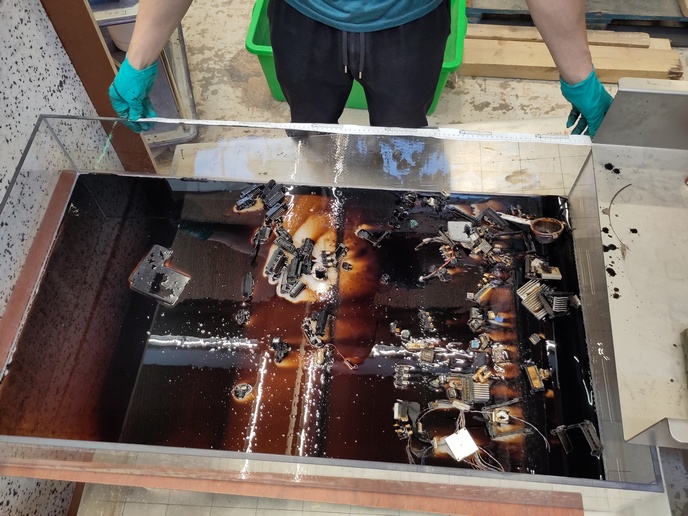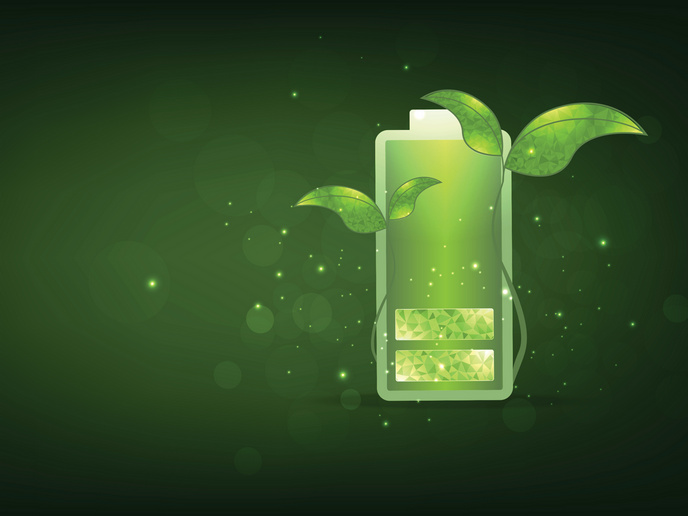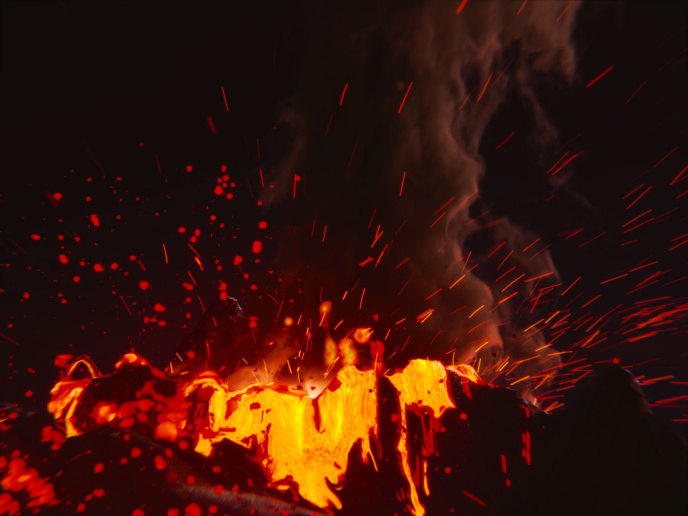Efficient, low-cost technologies for recovering precious metals from autocatalysts, electronic waste and PV scrap
The technology we use daily relies on materials that are facing potential supply challenges. Precious metals like platinum group metals, gold and silver are essential components in many devices and are indispensable in various industries owing to their unique properties. Currently, Europe depends on other countries for these metals. However, these valuable resources can also be found in end-of-life products that could be recycled. Unfortunately, Europe’s current recycling capacity is insufficient to meet even a fraction of the demand for these metals. The EU-funded PEACOC project is helping Europe to boost the recycling of precious metals in the near future. Launched in 2021, “PEACOC is working to show that it can effectively recover precious metals like platinum group metals, gold, and silver from three waste sources: autocatalysts, printed circuit board assemblies (PCBAs) and photovoltaic panels. The project operates at a pre-commercial scale, specifically at technology readiness level (TRL) 7,” notes project coordinator Elisabet Andres Garcia. “The streamlined process involves collecting waste, pre-treating and concentrating the waste, and refining the metals. Furthermore, PEACOC aims to transform the recovered metals into marketable products, adding value to the entire process,” adds Andres Garcia.
Two novel refining technologies in the spotlight
Recycling of waste streams like low- and mid-grade PCBAs, photovoltaic scrap, and spent autocatalysts has been limited so far. Traditional methods, such as smelting and hydrometallurgy, are energy-intensive and leave a significant carbon footprint. PEACOC introduces new industrial alternatives aimed at making European resources more sustainable. Building on earlier successful activities, the focus has shifted to refining technologies. Partners VITO from Belgium, CEINNMAT from Spain, and 6TMIC from France are spearheading this effort. This phase aims to refine and upscale two crucial technologies: microwave-assisted leaching and gas-diffusion electrocrystallisation. The goal is to advance these technologies from a laboratory setting (TRL 4) to a fully operational pre-commercial scale (TRL 7), paving the way for a more efficient refining process. VITO researchers have successfully improved the microwave-assisted leaching process by cutting down on chemical use, boosting equipment longevity and reducing corrosiveness. This enhanced process now efficiently extracts gold and silver from waste PCBAs and photovoltaic panels, as well as platinum group metals from used autocatalysts. CEINNMAT has developed innovative hydrothermal microwave leaching reactors and constructed a first-of-a-kind pilot-scale microwave plant. Seven interconnected units, able to handle at least 50 litres per hour, are integrated in a modular microwave system housed in a portable container. Using industrial-grade materials, VITO researchers have also successfully scaled and tested the gas-diffusion electrocrystallisation process. This system, featuring a two-cell stack configuration, achieved 95 % selectivity for palladium while effectively separating copper from precious metals. The team plans to expand to a six-cell configuration to improve performance and reduce energy consumption.
Prototype reactor for metal extraction and concentration
Researchers at the University of Liege and TU Delft have developed preliminary processes for metal extraction in order to concentrate the content of the targeted elements and thus improve the refining phase. The University of Liege (ULI) optimised and scaled-up the NOVA technology to process mid- and low-grade PCBAs. They experimented with PCBAs from cathode-ray tube and LCD TVs, using electrochemistry and mechanical activation to separate valuable metals. The ‘rotary screen reactor’ has been identified as the most effective design for scaling. The upscaled NOVA prototype was received in August 2024 at ULI´s facilities. ULI team is working in the final logistics to make the equipment ready for operation. Additionally, TU Delft researchers have optimised and upscaled the magnetic density separation prototype able to selectively recover the components containing gold from PCBAs with relatively high recoveries. This technology uses a combination of roller sorting, a superconducting magnet and a magnetic fluid that have been scaled up and tailored within the project. “PEACOC marks the first-time innovative concentration and refining technologies have been scaled to a pre-commercial level, showcasing an industrial sustainable alternative for supplying Europe with critical and precious metals from waste. The PEACOC pilot plant will facilitate a genuine technology transfer from R&D to market-ready products,” concludes Andres Garcia.
Keywords
PEACOC, precious metals, electronic waste, PCBA, autocatalysts, photovoltaic panels, microwave-assisted leaching, gas-diffusion electrocrystallisation







